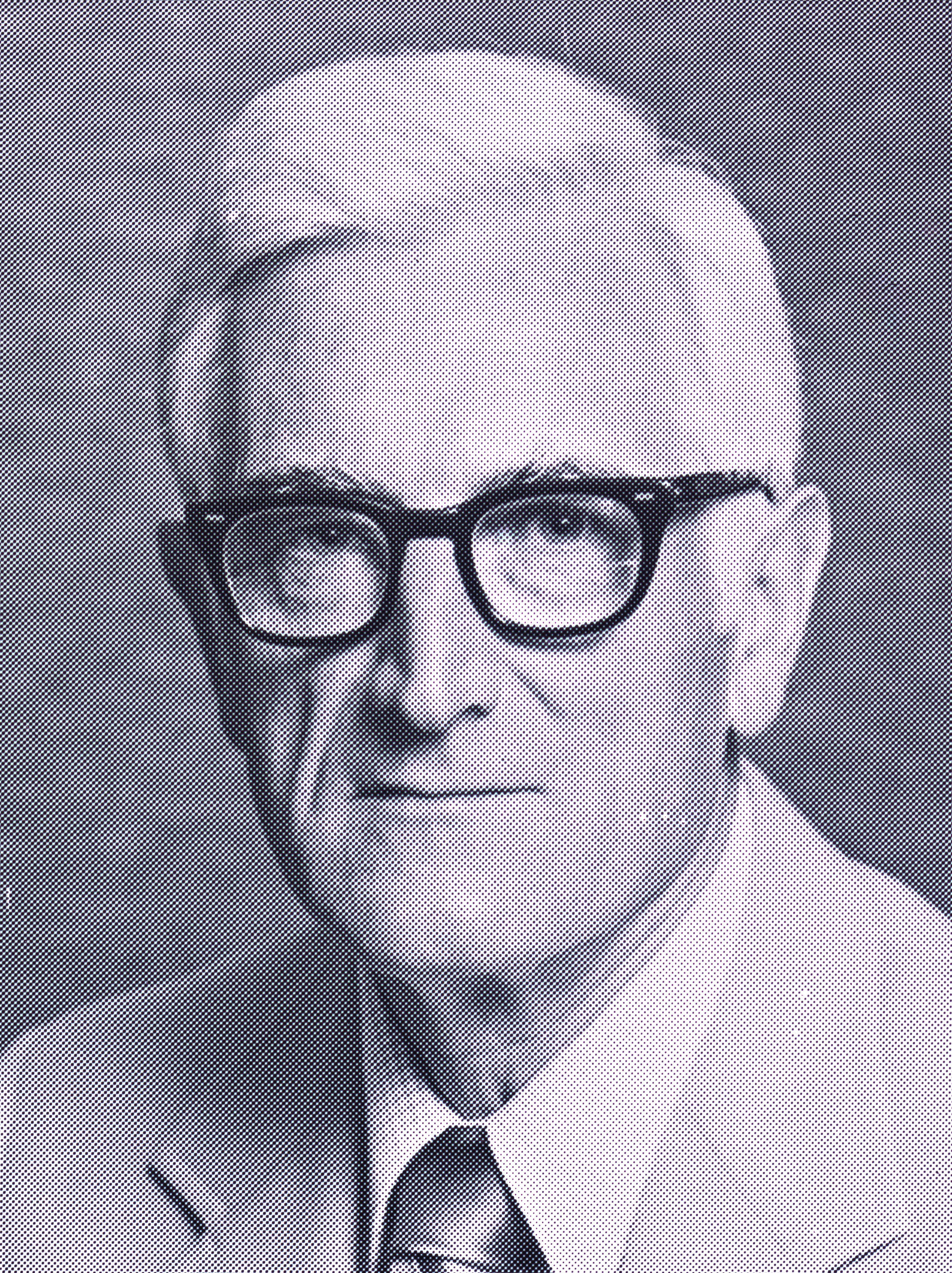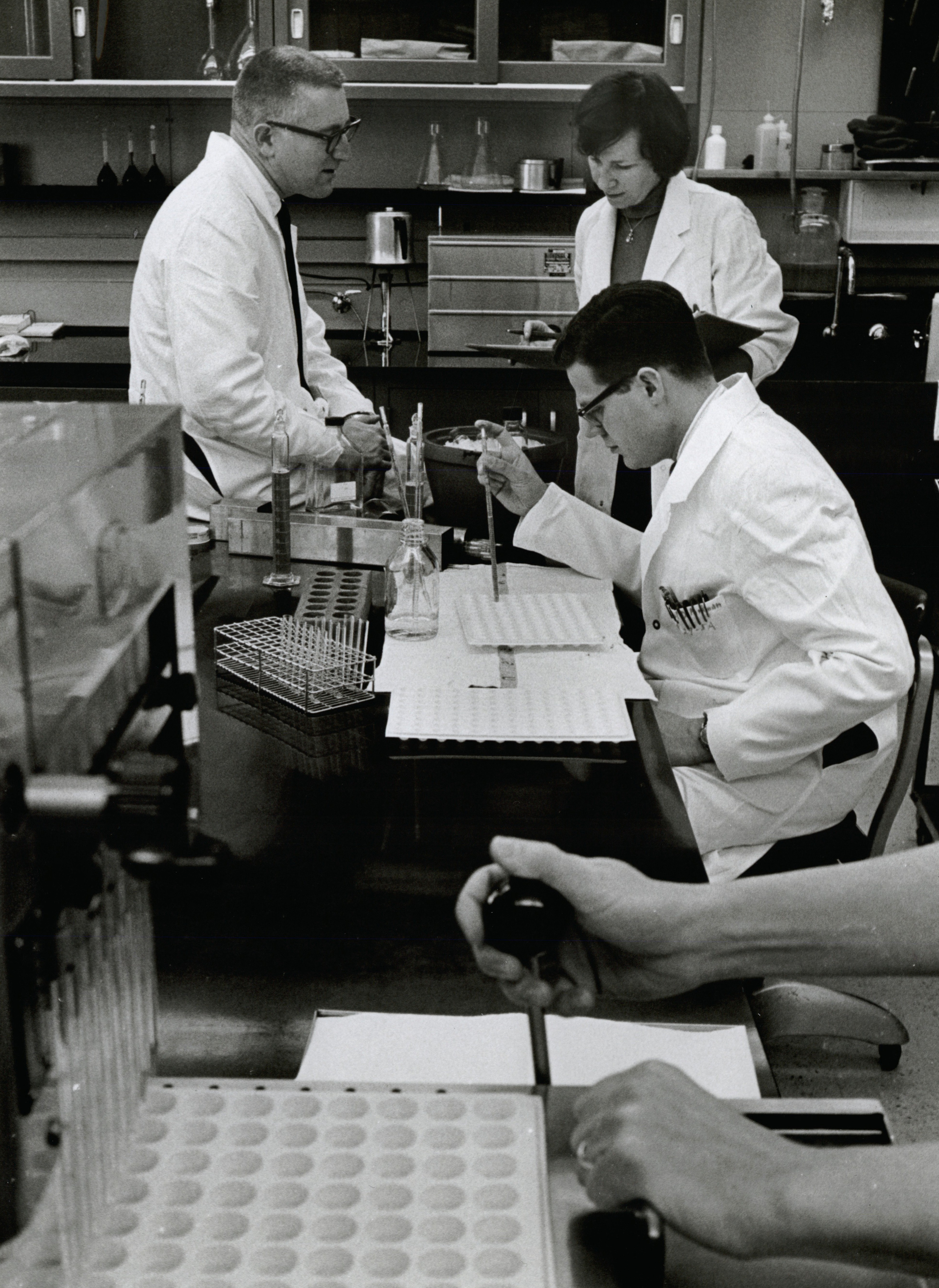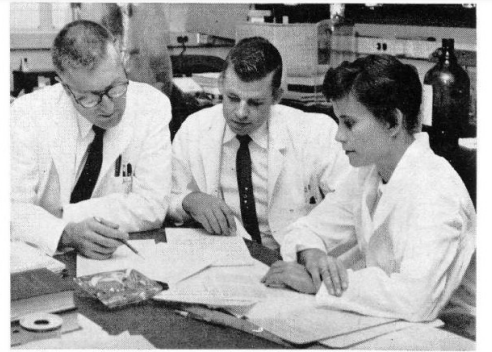Harry M. Meyer, Jr., M.D. (1928-2001)
Dr. Harry M. Meyer, Jr., was one of the inventors of the rubella vaccine. Rubella is a contagious viral infection best known by its distinctive red rash.
Harry M. Meyer, Jr., grew up in Palestine, Texas, attended Hendrix College, and then the University of Arkansas School of Medicine.
He worked as a researcher in the Army Medical Corps at Walter Reed Army Hospital after graduation. Dr. Meyer was recruited to the National Institutes of Health (NIH) to be head of the Virus Research Section in the Laboratory of Virology and Rickettsiology in the Division of Biologics Standards (DBS) in 1959 and moved into Building 29, third floor, when it opened in 1960.
Dr. Meyer worked on the Measles vaccine with Dr. John Enders of Harvard where they conducted trials in West Africa from 1961 to 1964.
FDA History Office
Dr. Meyer worked with Dr. Parkman on the first Rubella vaccine beginning in 1964 and the new Rubella antibody test (patented in 1971).
With the administrative transition of the DBS from the NIH to the FDA in 1972, Dr. Meyer became the Director of what was then called the Bureau of Biologics. He stayed in this role from 1972 until he retired in 1986. Under Meyer’s leadership, the FDA biologics team initiated review of all licensed biologics for safety, effectiveness, and labeling, they developed techniques to assess allergenic product activities, and they licensed the first AIDS test kit. When he retired, biologics was called the FDA Center for Drugs and Biologics; by 1987 it would become the FDA Center for Biologics Evaluation and Research (CBER), which is the name it maintains to this day.
Dr. Meyer was the recipient of several awards during his career, including the FDA Award of Merit, the FDA Commissioner’s Special Citation, the Public Health Service Meritorious Service Award, the Chevalier de l’Ordre National of the Republic of Upper Volta (West Africa) in 1963 for his work on the measles vaccine, and he received a letter of commendation from President Lyndon B. Johnson.
Dr. Meyer worked in Building 29, Rooms 330, 332, 212, and 130 and in Building 29A, Rooms 2B08, 2B06, and 2B20.
National Library of Medicine
FDA History Office
National Library of Medicine





